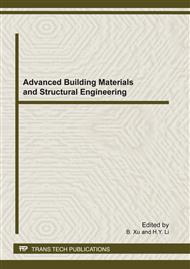p.393
p.398
p.402
p.407
p.411
p.414
p.418
p.421
p.425
Hilbert-Huang Transform Based Intrinsic Mode Functions Energy of Spike Wave
Abstract:
The Hilbert-Huang transform (HHT) is a popular time-frequency analysis methods employed to decompose electric signals into intrinsic mode functions (IMFs). In this paper, we use HHT analysis to discuss the time-frequency characteristics of a spike wave for epilepsy symptoms. The differences between the IMFs and IMFs-energy distributions for the spike and normal waves are discussed. The ratios of the energy of the spike wave, IMF1 and the residual function to the total energy are 11.27% and 75.84%, respectively. In contrast, the ratios of the energy of the normal wave, IMF3, IMF4, and the residual function to the total energy are 10.99%, 43.31%, and 37.69%, respectively.
Info:
Periodical:
Pages:
411-413
Citation:
Online since:
February 2012
Authors:
Price:
Сopyright:
© 2012 Trans Tech Publications Ltd. All Rights Reserved
Share:
Citation:


